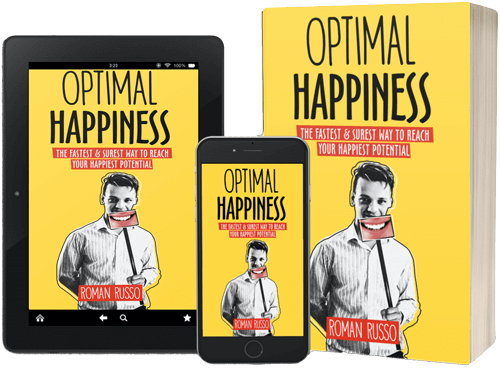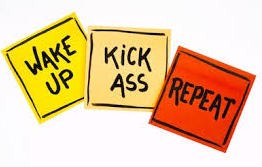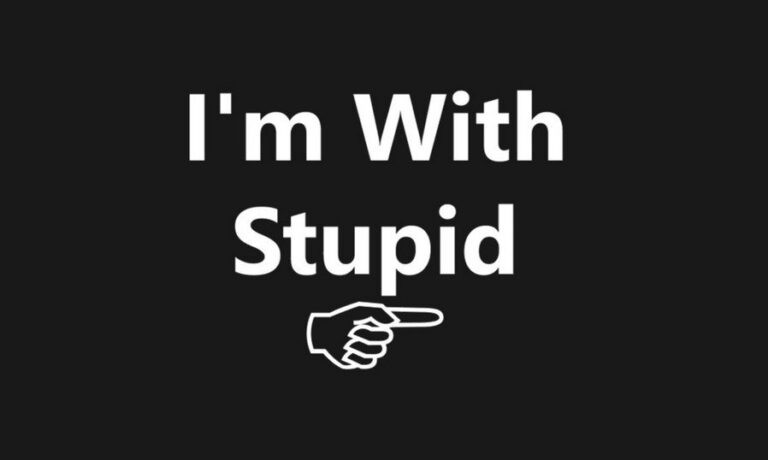The following picture is a classic example of a Passive-Aggressive statement, which I saw in one of the hostels recently stayed. Some context is due: the door on the picture was closed, and it was only available as a fire exit. It is also the most direct, most straightforward, and most logical way out of that hostel. Hostel management created a detour, which is a business sense that made sense. No major problems there yet, until we read the sign.
If you read the first letters of every line in red, it reads “You Idiot.” Now, did they have to call their customers “idiots” even as a joke? I mean, was it not management that closed that door? Is it not possible that someone eventually will try to open the door just because they did not read the sign? I mean, it’s a hostel. People arrive there in all sorts of mental and physical states, like being drunk. A lot of people don’t speak good English. Some people will try to open the door on a dare. This is to say that eventually, someone will try to open that door, and it will not be to escape the fire. I can guarantee that to you. Call it human nature.
When this happens, this hostel’s stuff will become upset and call that person “an idiot” for not reading that sign. Meanwhile, everyone else in that hostel will experience what is known as Pink Elephant Effect, whereas when we are told not to think about a pink elephant, this is what we think about it. In other words, when a sign says, “don’t be stupid,” it is essentially calling everyone stupid.
Why Passive-Aggressiveness Just Does Not Work
On a different occasion, I met a close friend who happened to be a lesbian and went to a party. We didn’t see each other for a long time, and I was eager to connect with her by catching up and showing my support and openness to her feeling and worldview. While dancing, I pointed at a couple of girls kissing each other and said that “this is hot.” I immediately realized that I made a poor choice with my words as I was bombarded by a line of accusations, essentially stating that I was everything that was wrong with masculine dominated world today. In her wisdom, my friend tried to educate me that I was like one of these perpetrators insensible, self-righteous, and oblivious to female suffering. I was like a walking male member whose mothers warned about every girl, and I was thinking more with this member than with my head.
Of course, I was taken back by all these accusations. At first, I did not fight back, thinking that there was some righteousness in what she was saying. But after yet another out of hand comment, calling someone “gay” who looked like that, and heard another onslaught of comments about how people like my friend have to constantly deal with people like me, which is when I had enough. I politely engaged my friend in a rather lengthy discussion on the merits of the passive-aggressive talk.
First, I acknowledged my friend’s pain saying that she had a right to feel hurt, but I also told her that the current world didn’t work how she wanted it to work. It’s like being vegan and promoting veganism to everyone who loves their meat or being Catholic (Islamic, Buddhist, or any other religious orientation) and forces other people to change religion. Sure, some worldviews can be right (or more right), but this does not give people the right to verbally (or otherwise) assault other people who don’t share the same worldview. So while my friends could have been right, she was not right about how she protested regarding her ideas.
Mahatma Gandhi Against Passive Aggression
Negative framed passive-aggressive messages don’t work. A better way to express any tension is in a peaceful, diplomatic, and positively framed way. Here I am thinking about the peaceful marches of Mahatma Gandhi, who protested against India’s occupation by English. Gandhi was the heart, but he never exercises any physical or otherwise, violence when trying to change other people’s minds and hearts. He disagreed with the state of that time, but he made sure that he and his followers would not propagate the same sort of violence they were trying to prevent.
Gandhi followed what is now known as Non-Violent Communication, which removes all direct or indirect violence from the conversation. Essentially, instead of being sarcastic, passive-aggressive, or using negatively framed words, Non-Violent Communication calls for expressing our wants and needs calmly and peacefully. By following this method, we tell others which of our needs are not being met. We also avoid any reference to what we don’t want, including any reference to any negative emotional blackmail that comes with it.
My Peaceful March Against Passive-Aggressiveness
In my view, people become passive-aggressive when they want to convey a negative message, but they want to save their face. They want to express their pain, but they go in circles around the issue instead of saying what. This hurts. Instead, they destructively say things, which only propagates more hurt and pain. It’s like beeping with a car and expecting other people to say, “thank you.” It just does not work. So the circle of pain continues with a small negative comment escalating into a full-blown war, while it should have ended before it started. The world is already a negative enough place, so no need to add to this negativity.
And this is why I am having my peaceful march against negativity, my honest and righteous fight to make the world a better place for everyone to live in. After all, if everyone were happier, the world would be a better place for everyone to live in. And we have every tool needed to make this world into a utopia or paradise we all dream about. We just need to implement these tools.
And the best part is that you too can join my peaceful march, without any a big commitment. You can follow my Facebook, Instagram, or Newsletter (coming soon), allowing me to spread the message of happiness to more people. Or you can buy by my book or participate in one of my programs (currently only available in private), which will teach you to increase exponentially your happiness, which is excellent because happiness is contagious. So are you ready to help me make this world a better place for everyone to live in?















